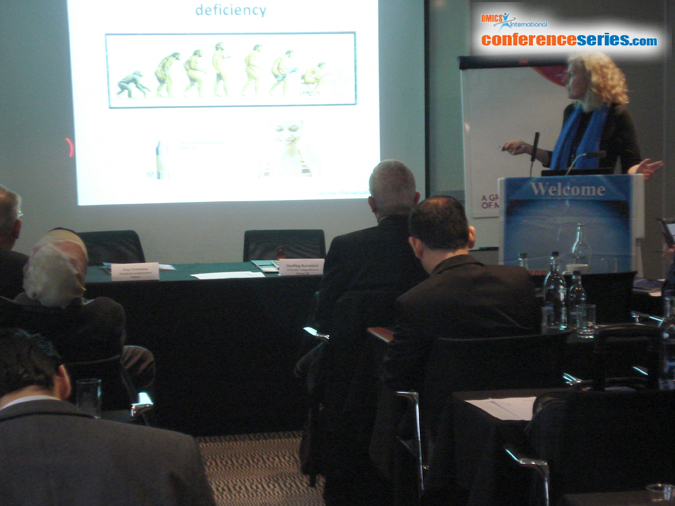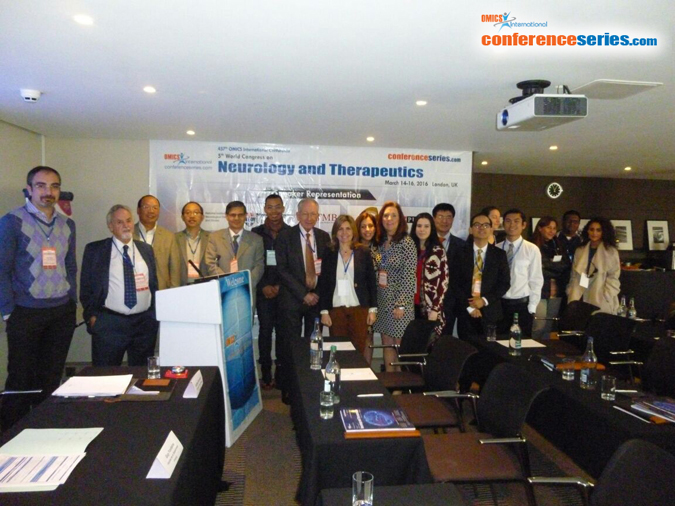Ute-Christiane Meier
Queen Mary University of London, UK
Title: What role does the environment play as risk factor in multiple sclerosis?
Biography
Biography: Ute-Christiane Meier
Abstract
The exact mechanisms underlying neuroinflammation and neuropathology in multiple sclerosis (MS) are still unknown, but susceptibility depends on a combination of genetic and environmental risk factors and their interactions. With little influence on genetic predisposition, the importance of modulating environmental risk factors is becoming an area of great interest. There is mounting evidence implicating both late Epstein-Barr virus (EBV) infection and hypovitaminosis-D as key environmental risk factors in MS. We have previously shown that active white matter lesions in the MS brain show signs of innate immune activation and that latently EBV-infected cells can be found in these areas. We hypothesized that EBV-RNAs (EBERs) may get secreted from EBV-infected cells and promote an inflammatory milieu within the lesion. We then tested whether EBV infection was under the control of vitamin-D and found that hypovitaminosis-D, which is a characteristic feature of MS cohorts, was not able to impact on EBV infection. More recently, we compared EBV-status and innate immune signatures in serum and cerebrospial fluid of untreated relapsing-remitting MS patients and found antibody production against latent EBV antigens mainly in the periphery and innate immune IL-8 responses preferentially in the CNS. Dysregulated EBV infection may be a potential risk factor and contribute to MS disease activity via the stimulation of innate immune responses by EBERs, antigenic mimicry and/or cross-reactivity of cellular immune responses with “self” brain antigens or via the transactivation of endogenous retroviruses. The identification of environmental risk factors in MS may offer novel targets for intervention and prevention.


